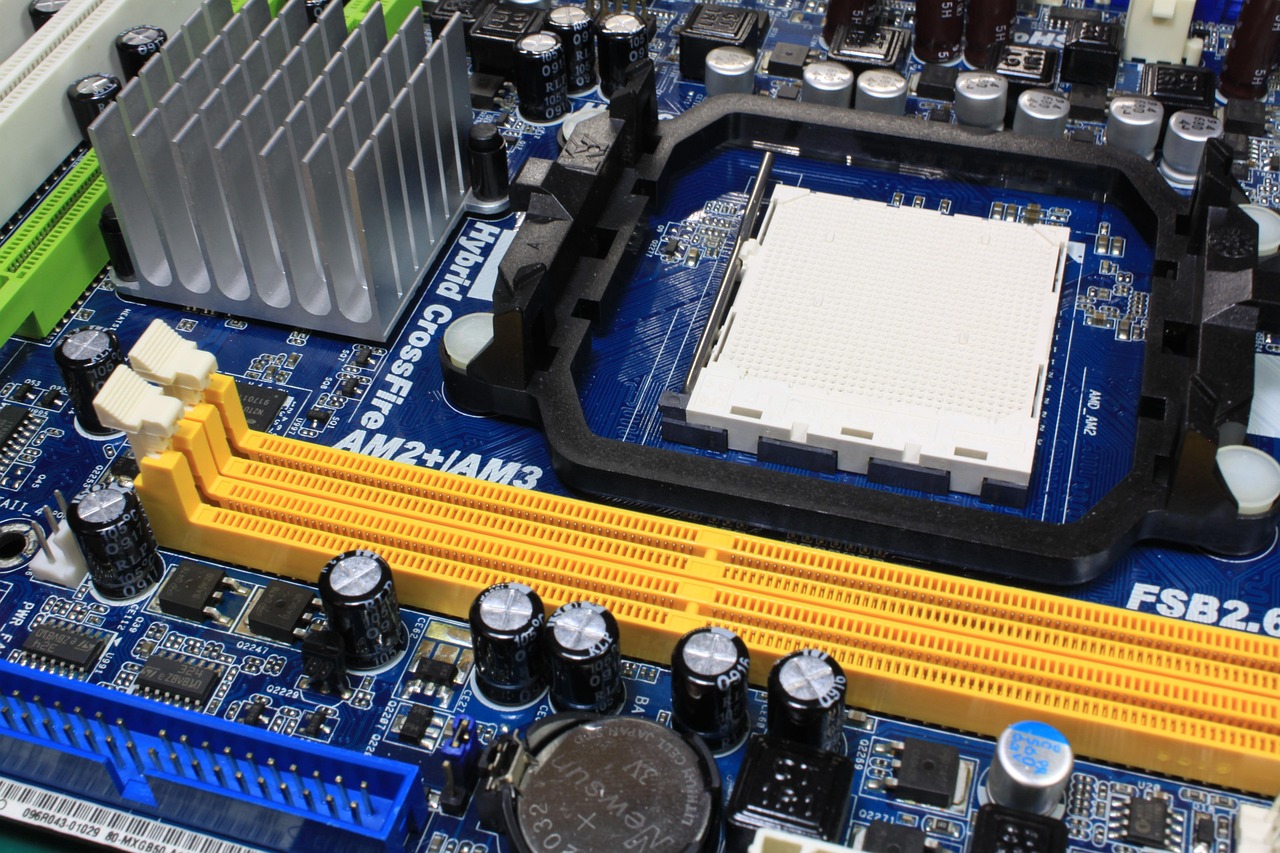
As the global demand for renewable energy sources escalates, wind turbines are playing an increasingly vital role in the transition to sustainable energy. However, the challenge of maintaining wind turbines efficiently and minimizing operational downtime remains significant. Recent advancements in deep learning models offer promising solutions for forecasting the risk of wind turbine breakdowns, potentially leading to improved maintenance strategies and reduced operational costs.
Wind turbines, often located in remote and harsh environments, are subject to mechanical wear and tear, as well as environmental stressors. Traditional maintenance approaches, often based on scheduled inspections and reactive repairs, can be inefficient and costly. By leveraging deep learning, engineers and operators can adopt a predictive maintenance approach, anticipating failures before they occur and optimizing resource allocation.
The Role of Deep Learning in Predictive Maintenance
Deep learning, a subset of machine learning, involves neural networks with multiple layers that can model complex patterns in data. In the context of wind turbines, deep learning models can analyze vast amounts of sensor data collected from various components of the turbines, such as the gearbox, blades, and generator.
These models can be trained to identify patterns associated with normal operation as well as those indicating potential failures. By analyzing historical data, deep learning algorithms can learn the subtle precursors to breakdowns, enabling operators to predict when and where maintenance is necessary.
Key Components of Deep Learning Models for Wind Turbines
- Data Collection: Wind turbines are equipped with numerous sensors that continuously capture data on temperature, vibration, speed, and other operational parameters. This data forms the foundation for training deep learning models.
- Data Preprocessing: Raw data from sensors must be cleaned and preprocessed to ensure accuracy. This involves handling missing values, normalization, and removing noise to enhance the quality of the input data.
- Model Training: Deep learning models, such as Convolutional Neural Networks (CNNs) and Recurrent Neural Networks (RNNs), are trained on historical data to learn patterns associated with both normal and faulty operations.
- Model Validation and Testing: After training, models are validated and tested using separate datasets to ensure their accuracy and reliability in predicting breakdown risks.
- Deployment and Monitoring: Once validated, models are deployed in real-time environments, continuously monitoring turbine operations and providing alerts for potential breakdowns.
Global Context and Benefits
The successful implementation of deep learning models in forecasting wind turbine breakdowns can have a profound impact on the global renewable energy sector. By reducing unexpected failures, energy companies can significantly lower maintenance costs and increase the reliability of wind energy production. This, in turn, enhances grid stability and contributes to more widespread adoption of wind energy as a viable alternative to fossil fuels.
Countries leading in wind energy production, such as China, the United States, and Germany, are increasingly investing in predictive maintenance technologies. By harnessing deep learning, these nations aim to optimize their wind energy infrastructure, ensuring that it remains a cornerstone of their clean energy strategies.
Challenges and Future Directions
Despite its potential, the application of deep learning in wind turbine maintenance is not without challenges. The quality and consistency of sensor data, the need for robust data infrastructure, and the complexity of model interpretation are significant hurdles to overcome. Additionally, integrating these predictive systems with existing operational frameworks requires careful planning and execution.
Looking ahead, advancements in sensor technologies, increased computational power, and improved algorithms are expected to enhance the capabilities of deep learning models. Collaborative efforts between research institutions and industry players will be crucial in refining these models and expanding their application across different types of renewable energy infrastructure.
In conclusion, deep learning presents a promising frontier in the predictive maintenance of wind turbines, offering a pathway to more efficient, reliable, and sustainable energy generation. As the global energy landscape evolves, the adoption of such technologies will be pivotal in meeting the growing demand for clean and reliable power.















